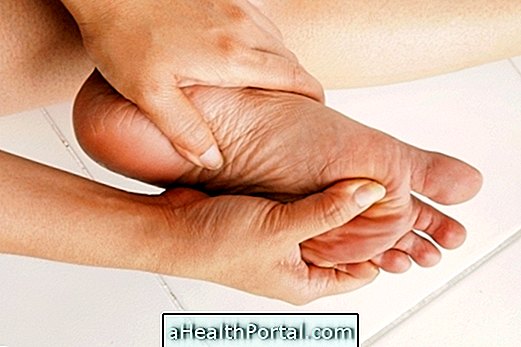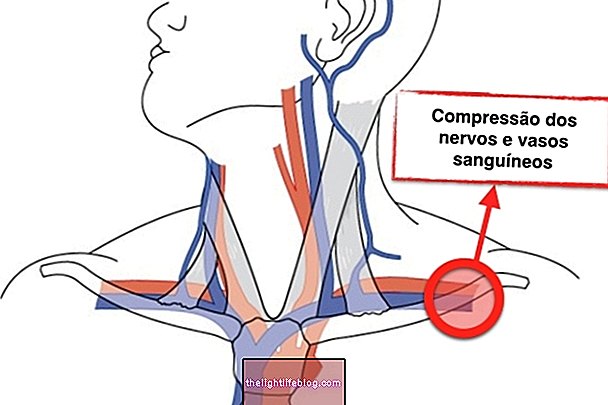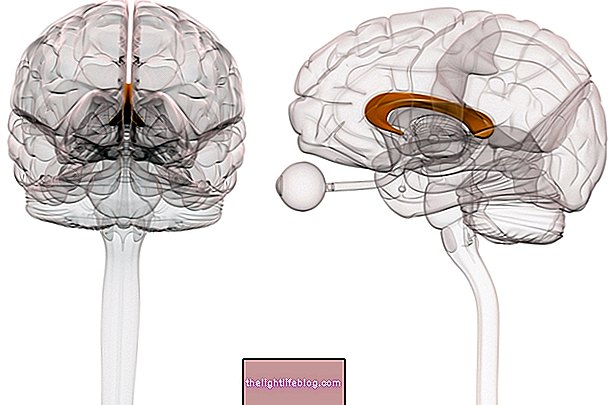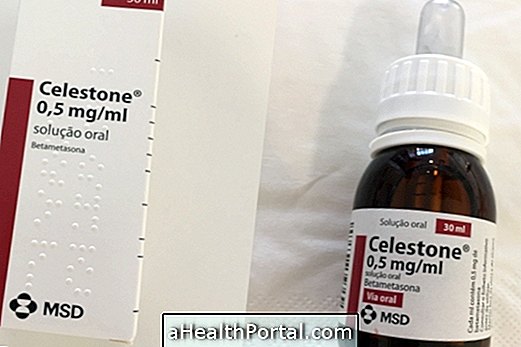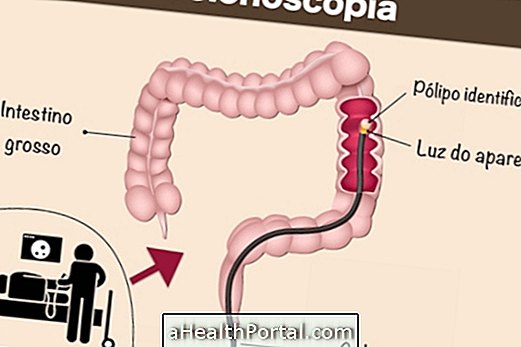The pain in the whole body is usually associated with difficulty sleeping, excessive tiredness and stress and, therefore, improves in 2 or 3 days, especially when resting and avoid participating in very stressful activities.
However, this type of pain can also be a sign of problems like flu, fibromyalgia or anemia, for example, and in such cases can be accompanied by other signs like fever, headache or cough.
So whenever the pain in the body stays for more than 3 days or is very intense, preventing the performance of daily activities, it is important to go to the general practitioner to try to identify the correct cause and start the appropriate treatment.

1. Stress and anxiety
When you are stressed or anxious for a long time, the immune system becomes more weakened and therefore the body has more difficulty controlling small infections and inflammation caused by viruses and bacteria that are in constant contact with the body.
Although in these cases, there are usually no obvious symptoms of infection, such as fever, it is common to feel the body more sore, especially at the end of the day.
- What to do : It is important to try to relieve stress during the day by participating in relaxing activities such as meditation, yoga or even resting, to reduce stress levels and strengthen the immune system. Check out 7 simple steps to relieve stress and anxiety.
Difficulty sleeping
Sleeping less than 6 hours a night can have a very negative effect on the whole body because the cells do not have enough time to regenerate and so the body does not have the energy to function properly. When this happens, it is common to begin to feel a general malaise that is getting worse and producing pain throughout the body.
Other signs that may appear associated include craving for sleep during the day, lack of memory and difficulty maintaining concentration even when talking to another person.
- What to do : You should encourage relaxation before bedtime, doing meditation, drinking hot drinks or listening to relaxing music, for example. See 8 techniques to sleep faster and better.
3. Flu or cold
Whole body pain is a very typical symptom of influenza that usually first appears before other symptoms such as sore throat, fever and runny nose, for example. Although it is more common in winter, the flu and cold can also occur in the summer, and in those cases, the pain in the body is more intense due to the dehydration of the body.
- What to do : It is important to stay at home, drink at least 1.5 liters of water a day and avoid sudden changes in temperature. Also, to relieve symptoms you can use medicines prescribed by your doctor, such as Paracetamol or Ibuprofen, for example. Check out some home remedies to end the flu.

4. Lack of vitamin D
Vitamin D is very important for the body because it ensures the correct absorption and use of calcium in the body, which is an essential mineral for the functioning of most organs, such as the kidneys, heart and even the muscles.
Thus, people with low levels of vitamin D can present changes in the functioning of various organs and muscles, which ultimately produces pain in various parts of the body without an apparent cause.
- What to do : It is advisable to take a blood test to confirm vitamin D levels and, if they are decreased, one should increase fish intake as well as sun exposure during a healthy time. Understand how to increase the amount of vitamin D.
5. Anemia
Anemia arises when red blood cells are not working properly and so different parts of the body do not get the oxygen they need to function. Thus, it is common that in addition to a sensation of extreme fatigue, pain also appears throughout the body.
Other common symptoms of anemia include paleness, tingling in the feet and hands, and abdominal pain, for example.
- What to do : A general practitioner should be consulted for a blood test and the amount of hemoglobin in the blood. If it is decreased, it is important to identify the type of anemia to initiate appropriate treatment, however, it is common for treatment to begin with the ingestion of iron supplements, since iron deficiency anemia is the most common. Learn more about anemia treatment.
6. Fibromyalgia
Fibromyalgia is characterized by the presence of pain in some specific points of the body, which gives an impression that one has pain in the whole body. These aches tend to be worse in the morning and especially affect women.
- What to do : You should consult a rheumatologist if fibromyalgia is suspected, to make the diagnosis and to start the appropriate treatment, which is usually done with remedies and exercises directed by a physiotherapist. See all treatment options available.

7. Appendicitis
Although it is rarer, appendicitis can also cause pain throughout the body, accompanied by the feeling of general malaise, without the classic symptom of intense pain located in the lower right side of the abdomen. In these cases, pallor, decreased appetite, persistent low fever and constipation may also occur. Check out the main symptoms of appendicitis and take our test online.
- What to do : To confirm the presence of appendicitis, you should lie on your belly up and press on the location of the appendix, quickly removing the pressure on the spot. If the pain becomes more intense when you withdraw your hand, it may indicate the presence of appendicitis, so it is advised to go to the hospital to confirm the diagnosis and begin treatment, which is usually done with surgery.
When the pain in the body can be severe
In most cases, the whole body pain is not severe and improves in about 2 to 3 days, however, it can also be a sign of a more serious problem. This is more common when pain is accompanied by other symptoms such as:
- Persistent fever for more than 3 days;
- Very intense pain that makes movement difficult;
- Nausea or vomiting;
- Fainting;
- Night sweats;
- Weight loss for no apparent reason;
- Difficulty breathing.
If one or more of these symptoms occur, it is recommended to go to the hospital to try to identify the problem and start the appropriate treatment. If you are taking any medication, it is important to take the box or the name of the medication to tell the doctor, because in some cases, the pain in the body can also be a side effect of the medication.
